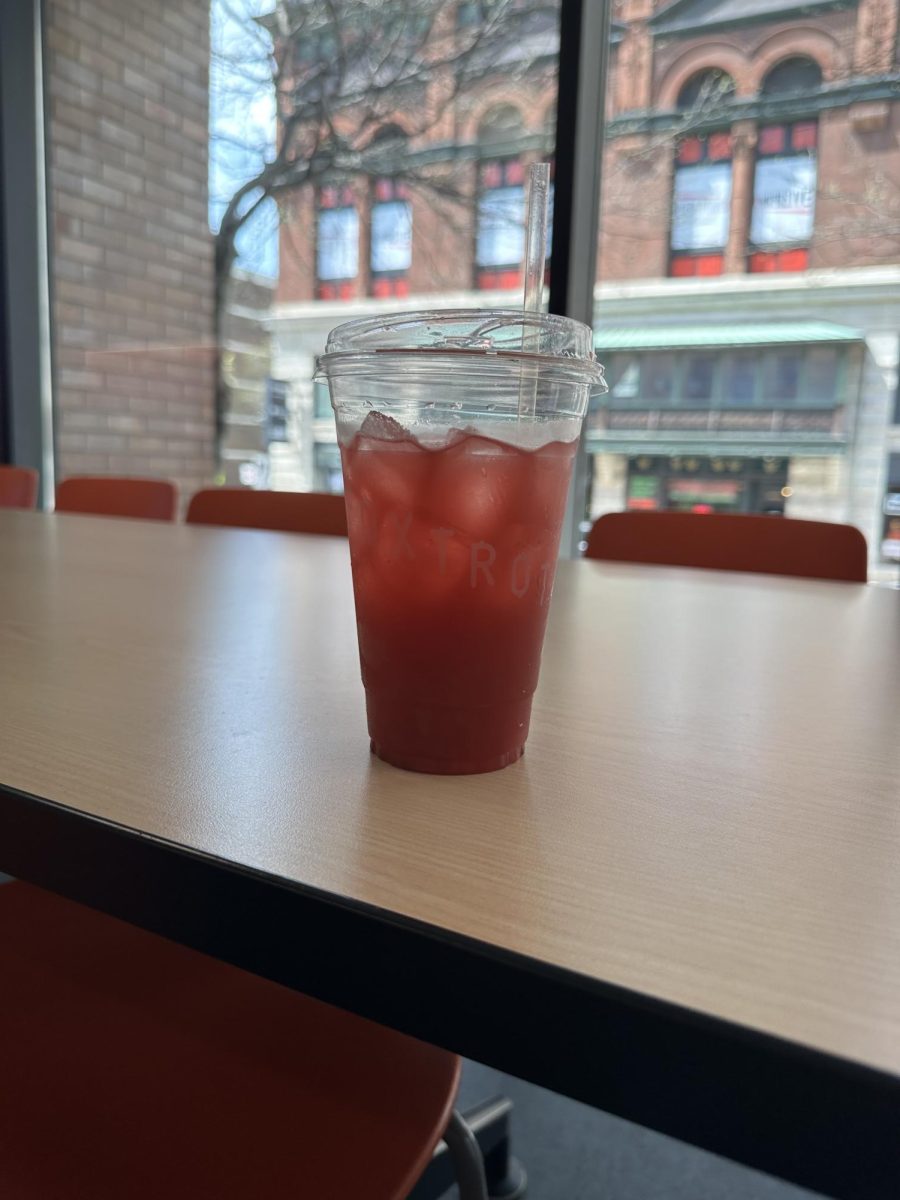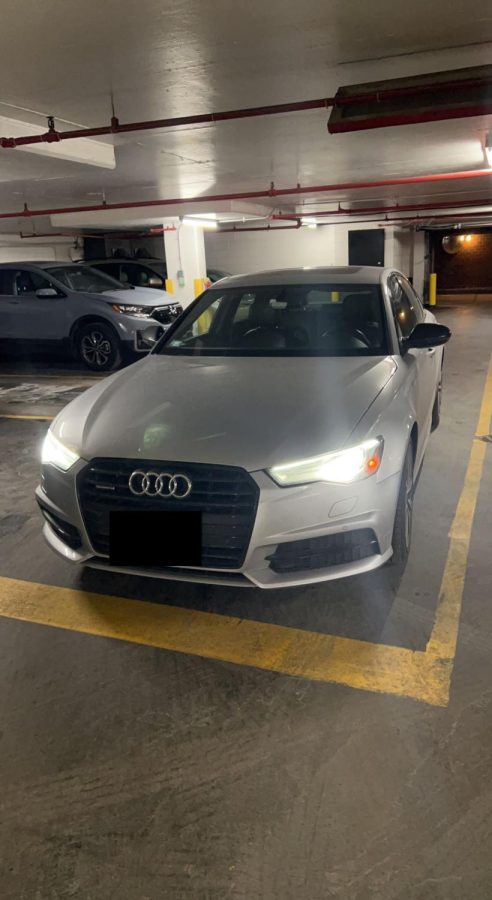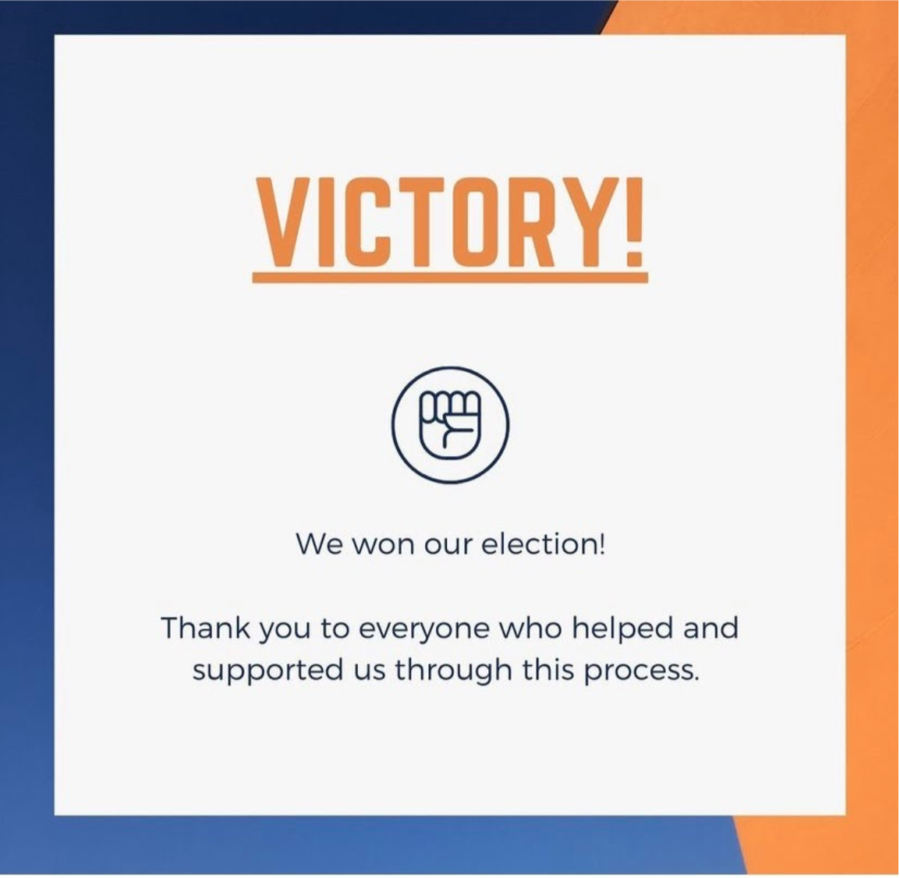Alexis Lopez & Yulissa Arroyo The following is Part 1 of a two-part article on the missing students in Mexico. The first half is intended as a brief report on the situation, including a summary of relevant information and a timeline of events. The second half is a first-hand account of a Chicago protest organized for the missing students. Timeline of events: Sept. 26: A demonstration of about 100 students from Raúl Isidro Burgos Ayotzinapa Normal School takes place in Iguala, Mexico. The students took several local buses heading into town where Iguala Mayor José Luis Abarca and his wife María Pineda de los Ángeles were having an event. According to the police the couple ordered police to stop the students’ protests from interrupting their event. Police then intervened the buses by opening fire, killing six people and injuring more than a dozen. According to government investigators, the 43 students were then taken away in cargo trucks and have not been seen since. It is believed that at this point, the students were handed over to the Guerreros Unidos drug gang, a small group that surged after the fall cartel leader Beltrán Leyva. According to the National Security Commission the Guerreros Unidos are “mainly engaged in drug trafficking, particularly poppy and marijuana into the United States. This band was the main supplier of drugs for the Chicago market”. Sept. 27: One of the students, Julio César Mondragón Fuentes, is found, face peeled and eyeballs removed, providing evidence of the cartel’s involvement in the disappearance of the students. Sept. 28: State officials arrest 22 city officers for their involvement in the kidnapping and President Enrique Peña Nieto orders federal police to take control of the city. The mayor and wife become suspects after fleeing from the town. Oct. 4: The remains of 28 people are found in a mass grave on the outskirts of Iguala. They are originally thought to be the missing students, but DNA testing proves that the bodies did not belong to the missing students. Since the beginning of the search 19 mass graves have been discovered, further exposing the region’s problem with violence. Oct. 10: U.N. Office of the High Commissioner for Human Rights condemns the Ayotzinapa attacks. Oct. 13: Students and teachers from the Normal school take over a government building in the capital city of Chilpancingo in the state of Guerrero, and hold the employees hostage for hours before evacuating the building and lighting in on fire. Oct. 17: Thousands of people shut down major streets in the tourist town of Acapulco, Mexico to demand the return of the missing students. The protesters call on the resignation of Angel Aguirre Rivero, governor of Guerrero. Oct. 22: Protesters march in Mexico City in “Global Day of Action for Ayotzinapa” as Attorney General Murillo Karam confirms that Mayor Abarca and his wife ordered the police attacks on the students. The investigation also finds that the Guerreros Unidos gang run Iguala, by paying off the major and local police force with money made from selling opium paste. Protesters also ransack Iguala’s City Hall and a mall tied to the mayor. Oct. 24: Governor Ángel Aguirre Rivero resigns. Oct. 29: Relatives of the missing student’s family members meet with Peña Nieto for four hours at the presidential residence. They demand a statement establishing a search commission to provide information on the disappeared and offering economic support for 17 rural teachers colleges. Nov. 4: Mayor Abarca and his wife are discovered in a poor neighborhood of Mexico City and arrested. Nov. 5: Protests continue in the main square of Mexico City as they put pressure on President Nieto to find the students. Nov. 7: Attorney General Jesus Murillo Karam announces the missing students are presumed dead after detained members of the Guerreros Unidos gang confessed that they executed the students. During the conference, Karam played the confessions of the three detained gang members who described the burning of the students. Karam then took questions from the press, but eventually cut the conference short saying “Ya me cansé” (“Enough I’m tired”). This produced an online firestorm with the hashtag #YaMeCansé which came to represent the movement of people fed up with government corruption and drug violence. That night, demonstrations became violent as protesters set fire to the capitol building. Nov 15: Police officer is arrested after injuring one student amid gunfire at a demonstration outside a university in Mexico City. Nov. 20: Three caravans carrying relatives and classmates of the students reach Mexico City shutting the city down. More than 50 organizations joined in the march and some protesters attempted to shut down the Mexico City airport. Protests were kept mostly peaceful, with few clashes between the demonstrators and security forces. At least 15 people were arrested in clashes at Zócalo Square. Protesters in Zócalo burned an effigy of Peña Nieto. That day, Alejandro Saavedra Hernández, the commander of the 35th Military Zone in Chilpancingo, Guerrero was promoted. His battalion has been accused, by classmates of the missing students, of preventing them from going to help their friends. *To visit the sources referenced in this article, please see: AFP. “¿Quiénes Son Los ‘Guerreros Unidos’, Presuntos Atacantes En Iguala?” ¿Quiénes Son Los ‘Guerreros Unidos’, Presuntos Atacantes En Iguala? Mexico CNN, 8 Oct. 2014. Web. 30 Nov. 2014. Gordts, Eline. “Mexico Disappearances Result Of ‘Disastrous’ Anti-Drug Offensive, Human Rights Watch Says.” The Huffington Post. TheHuffingtonPost.com, 20 Feb. 2013. Web. 30 Nov. 2014. Human Rights Watch. “World Report 2014: Mexico.” Human Rights Watch. Hrw.org, 2014. Web. 30 Nov. 2014. Luis, Renee, and Emily Pickrell. “Mass Mexico Protests Target Government over Student Disappearances.” Al Jazeera America. Al Jazeera, 21 Nov. 2014. Web. 30 Nov. 2014. Mashable. “‘We Are All Ayotzinapa’: Mass Student Kidnapping Sparks Outrage in Mexico.” ‘We Are All Ayotzinapa’: Mass Student Kidnapping Sparks Outrage in Mexico. Mashable, 20 Nov. 2014. Web. 30 Nov. 2014. Menendez, Robert. “Chairman Menendez Joins Group of Bipartisan Senators in Letter to Sec. Kerry on Missing Mexican Students.” Menendez.Senate.gov. Menendez.senate.gov, 25 Nov. 2014. Web. 30 Nov. 2014. Piven, Ben. “Protests over Missing Students Spread in Mexico.” Protests over Missing Students Spread in Mexico. Al Jazeera America, 20 Nov. 2014. Web. 30 Nov. 2014. Somos Ayotzinapa. Digital image. Tumblr. Tumblr, 20 Nov. 2014. Web. Ugarte, Marco. El Zócalo. Digital image. Latin Correspondent. Associated Press Photo, 21 Nov. 2014. Web. U.S. State Department. “Mexico Travel Warning.” U.S. Passports & International Travel. U.S. State Department, 10 Oct. 2014. Web. 30 Nov. 2014. Wilkinson, Tracy. “Mexico Releases 11 Protesters from Prison after International Outcry.” Los Angeles Times. Los Angeles Times, 30 Nov. 2014. Web. 30 Nov. 2014. ]]>
Categories:
43 Missing Students in Mexico (Part 1)
December 1, 2014
0
More to Discover



















































